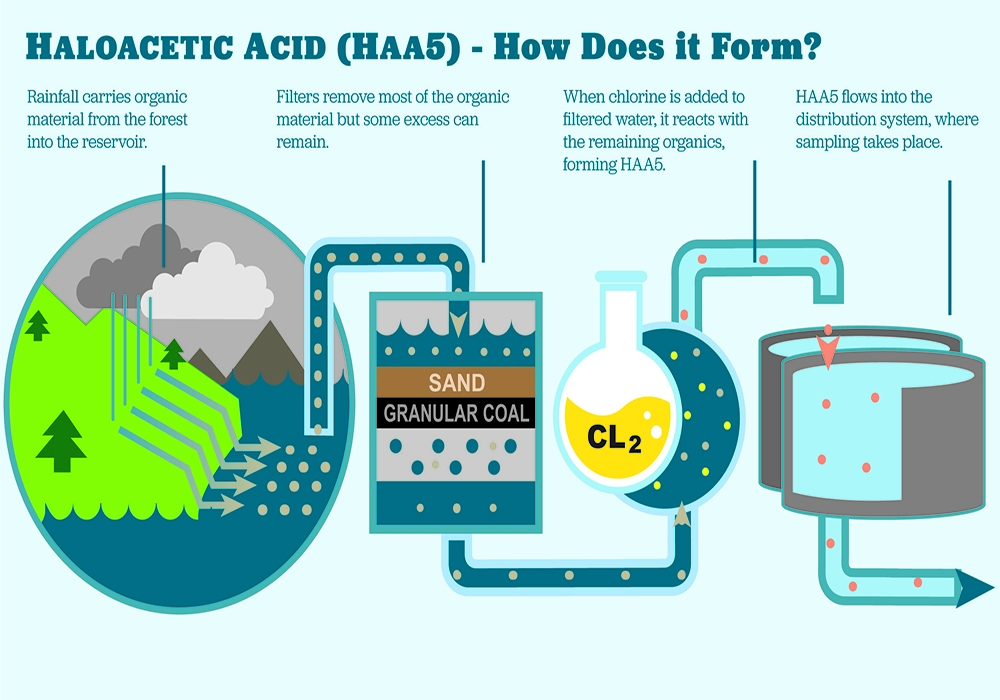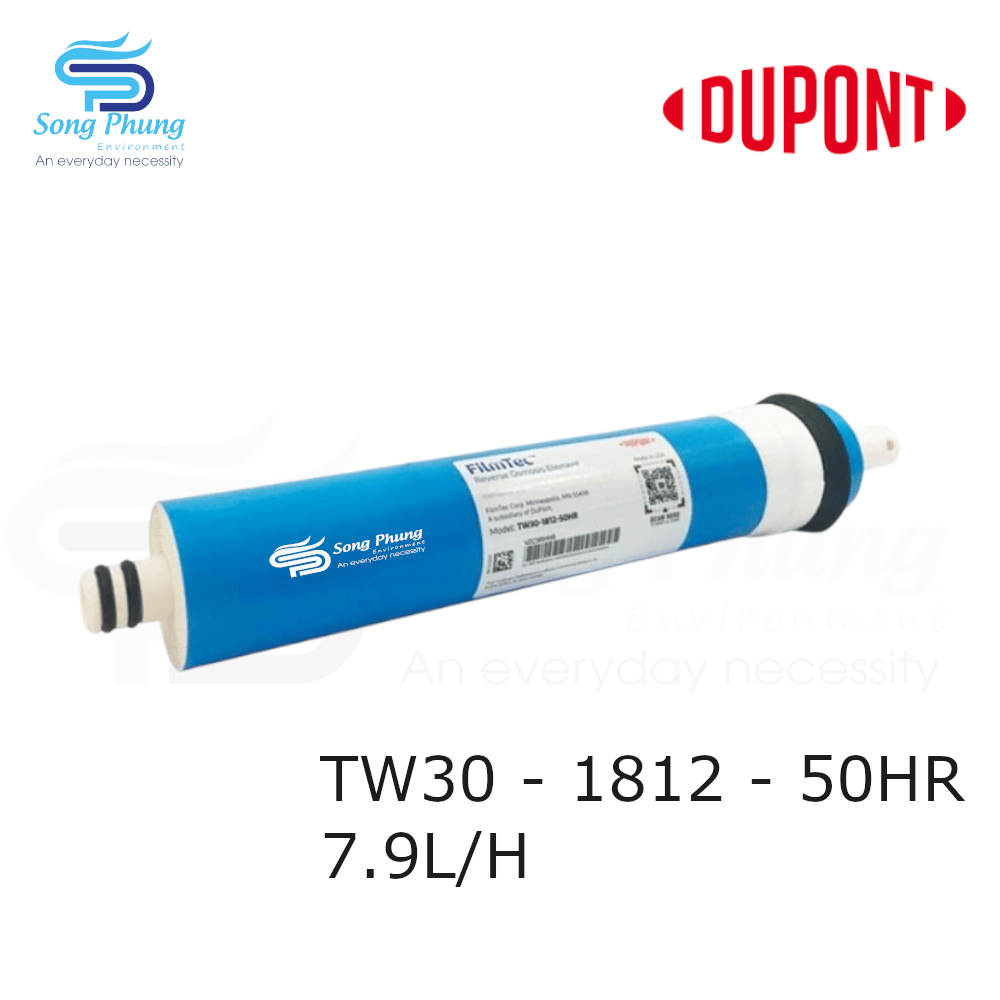Think about a glass of ordinary tap water – cool and refreshing. It looks so pure and healthy, but the truth is: it probably contains a high level of haloacetic acids and other harmful contaminants.

By definition, haloacetic acids (haa) are “chemical compounds that contain chlorine and bromine.” They are formed when the chlorine used to treat drinking water reacts with naturally occurring organic matter in water.
Those disinfectant byproducts can end up in the clean water you drink every day and can be very toxic to your health. In fact, long-term exposure to high levels of haloacetic acids has been linked to many complications such as cancer, birth defects, and skin irritations.
But before we go into more details, it’s important to note that the recommended limit for Haloacetic acids in the United States is 0.060 mg/L, according to the United States Environmental Protection Agency (EPA).
Side effects of haloacetic acids in drinking water
1. Increased risk of getting cancer
“Some people who drink water containing Haloacetic acids in excess of the MCL [Maximum Contamination Level] over many years may have an increased risk of getting cancer,” the EPA reports. However, data from research studies indicate that Haloacetic is carcinogenic in animals – not humans. Experiments on laboratory mice showed an increase in the development of liver tumors and liver cancer. But even so, it’s not a good idea to take chances with your health.
2. Increased risk of birth defects
Registered dietitian and health coach Jill Corleone states that “Exposure to high levels of Haloacetic acid also may increase the risk of birth defects.” As with cancer, there hasn’t been any study on humans, but “Fetal rats exposed to high doses of Haloacetic acid in their mother’s diets had poor fetal growth and a higher incidence of malformation of the heart and kidneys.”
3. Severe irritation to the skin
Long- or short-term exposure to high levels of trichloroacetic acid (a type of Haloacetic acid) can cause “loss of skin, inflammation, and degeneration of the structural protein collagen,” Corleone reports. “In some cases, the skin damage can last from two to 15 weeks.”
How to Remove Haloacetic Acids from Your Drinking Water
Municipal water often contains harmful contaminants and disinfection byproducts, but ultimately, you can control what ends up in your drinking water. The SpringWell Whole House Water Filter System is ideal in removing these negative byproducts. Our system uses the highest quality catalytic coconut shell carbon and nsf cerfitied kdf media to target and remove harmful contaminants like chlorine, chloramine, pesticides, herbicides, haloacetic acids and more.
Activated carbon filter
RO (Reverse Osmosis) water purifier
Reverse osmosis uses a very high quality semi-permeable membrane to filter all ions and impurities from the water. The RO membrane only allows water to pass through and blocks all chemicals and dissolved solids. RO also filters haloacetic acid from water. All RO water purifiers have a pre-filter before the water passes through the RO membrane. And the activated carbon pre-filter is most commonly used to filter water before the RO membrane.

Learn more: What Causes Pink Slime In Bathroom, And How Do I Remove It?
To learn more about other powerful and unique water filtration systems distributed by Song Phung, order online at the website https://thietbinganhnuoc.com/san-pham or call hotline 0913.90.72.74 – 0984.620.494 to be consulted in detail.
Follow Fanpage: https://www.facebook.com/SongPhungthietbinganhnuoc/ to update new products
Translator: Duong Nguyen Hoang Khang


